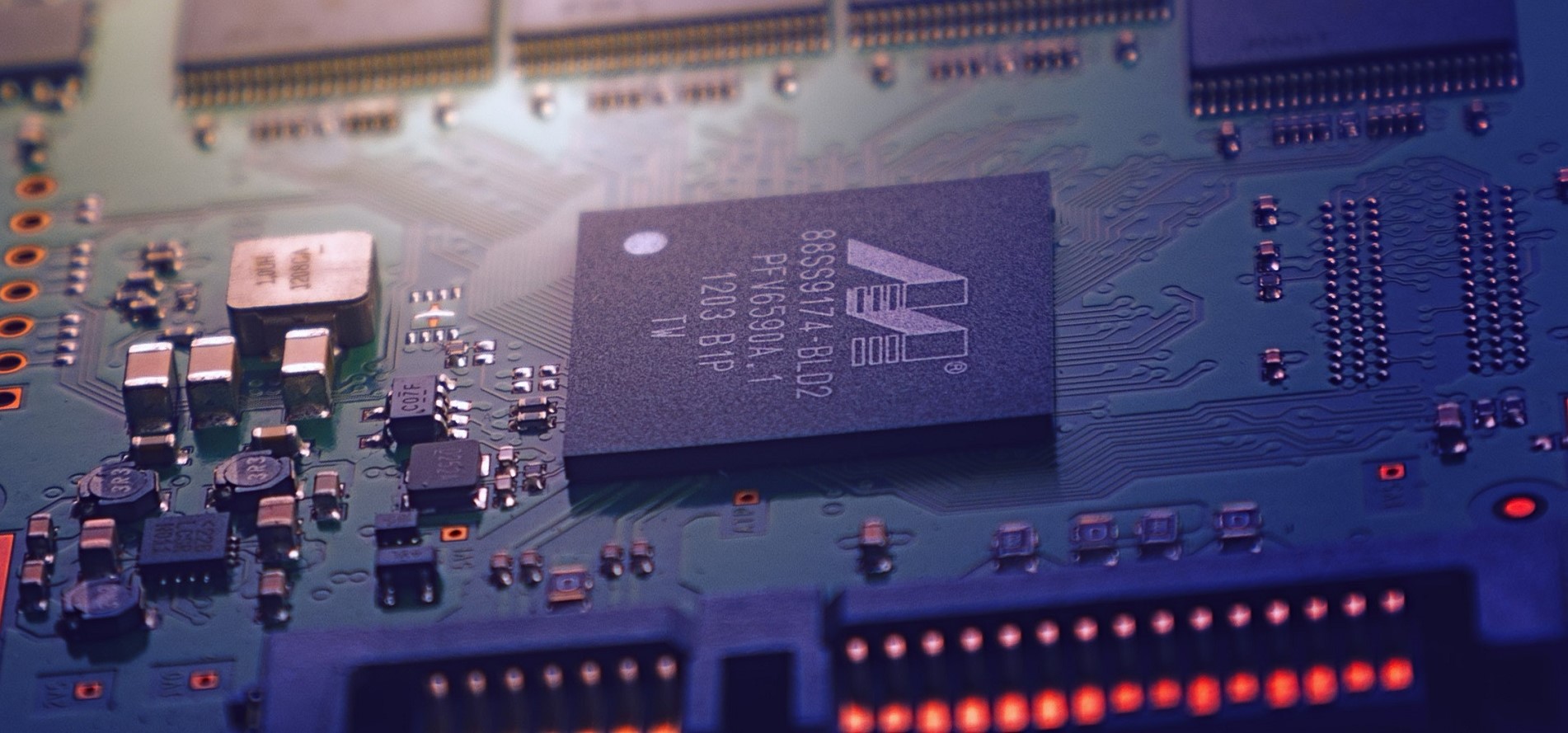This post is aimed at simplifying the process of installing Arch on Logical Volume Manager (LVM). The info in this post came mostly from this excellent Wiki article, with a couple of additions later on of my own.
Why LVM? You can create a snapshot (see my blog post for these) then install some OS updates and if something broke you can just roll back like nothing happened. Neat.
Installing Arch on LVM
These steps are performed during the partitioning phase of installation. Once you’ve finished here continue installation as normal but checking back to this page when you run into issues (which you will with grub for example).
fdisk -l # use this to find your installation medium
fdisk /dev/sdX # launches fdisk pointed at your driveOnce you’re in fdisk create a partition for your LVM to sit inside.
Command (m for help): o <--- new MBR
Command: n <--- new parititon
Select: default
Partition no: default
First sector: default
Last sector: +25G <---- change this accordingly
Command (m for help): t
Hex code: 8e <--- changes partition type to LVM
Command (m for help): w <--- writes changes, so make sure you're sure it's the right drive!Now we have a 25G partition inside which we’ll create the root physical volume, volume group and logical volumes. This partition should ideally be big enough for a base Arch install (about 10-15G with plenty of breathing room afterwards) and enough room for a snapshot too (usually around 10G), for me I go to 25G.
Create physical volume
Choose your command from below depending on whether you have an SSD or not.
pvcreate /dev/sdXX # mine was /dev/sda1
pvcreate --dataalignment 1m /dev/sdXX # this step for SSDs ONLYView what you’ve just done with
pvdisplayCreate volume group
vgcreate vgName /dev/sda1If you want to view what you’ve just done run:
vgdisplayCreate logical volume
Choose your command accordingly
lvcreate -L 15G vgName -n lvName # creates an LV of 15G
lvcreate -l +100%FREE vgName -n lvName # fills all free space with an LVCreate filesystems and mount logical volumes
modprobe dm-mod
vgscan
vgchange -ayNow create your filesystem of choice, I use ext4 but you can use whatever. Note the file path is /dev/mappernot/dev/sdX. You should refer to your LVM in this manner throughout the installation.
mkfs.ext4 /dev/mapper/vgName-lvName
mount /dev/mapper/vgName-lvName /mntContinue base installation
You can now continue with the base install. Make sure to pay attention when you get to the mkinitcpio steps, come back here.
Edit mkinitcpio.conf
You’re halfway through your install at this point I hope, and are at the very least running in chroot. Edit this file and insert lvm2 between block and filesystem.
nano /etc/mkinitcpio.conf
HOOKS="base udev ... block lvm2 filesystems"Edit lvm.conf
Edit this file and change the following
nano /etc/lvm/lvm.conf Ctrl + W search: lvmetad =
use_lvmetad = 0 and change this from 1 to 0
Ctrl + X to save: y / don't change filename
Then run
mkinitcpio -p linuxComplete
You can go back to the main installation instructions now, you should be able to reboot once you’ve finished the other stuff and be good to go!
